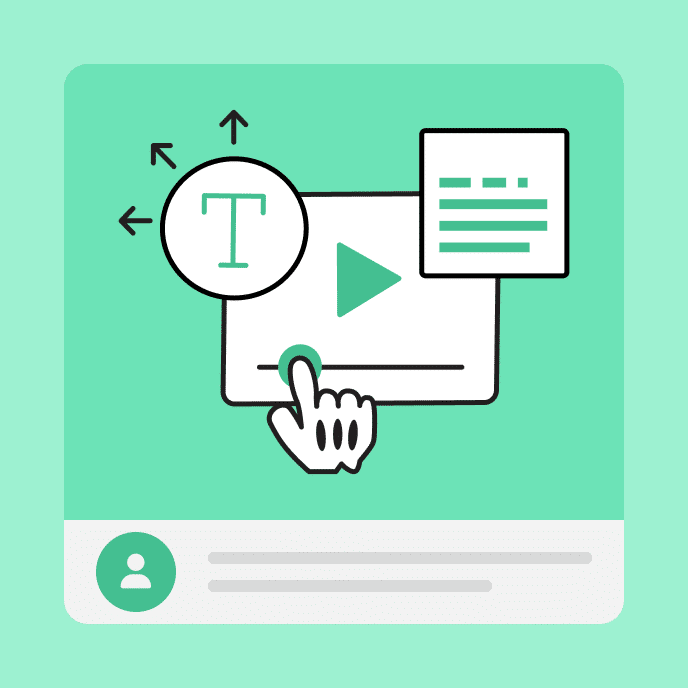Are You Making This Mistake with Your E-Learning?
Is it worth building an e-learning course from copied and pasted content? Honestly, no. Here’s what you should do instead.

A common mistake
A lot of e-learning is compliance-based and often how it has to be delivered is a bit rigid. I’ve heard plenty of examples where some compliance training requires X number of seat hours to certify the completion of the training.
This is ridiculous because the seat hours are completely disconnected from whether the learner demonstrates any semblance of understanding. But, like I said, that’s not going to change. And as an e-learning developer, you’re stuck.
Outside of compliance training, another large chunk is what I like to call regurgitative training. That’s where we repackage content that’s already available in some sort of digital format.
Policy training is a common type. The policies already exist online. We copy and paste the policies over a series of slides. Make the slides pretty. And then add a quiz.
Or, perhaps we need some ergonomics training; so, we copy and paste the ergonomics information that’s already available to the end user. We add some ergonomic pictures. Maybe get one of those cute comic-style animation makers so Susan can tell her cubicle mate Jack about her bad back, and then Terri the ergonomics person can pop in and tell Susan and Jack about ergonomics with almost Disney-like skill.
A new approach
Maybe it’s time we rethink this approach to training for content that already exists. Here’s one idea:
- The goal is for the person to use the content to make decisions or do things a certain way.
- Instead of copying and pasting content that already exists in one digital format into another, focus on how to find and use the content.
- Provide some instruction on what content is available, where it can be found, and why it exists.
- For the assessment, skip the simple multiple choice quiz questions. Instead, create a series of quick decision-making scenarios that requires the person to locate the appropriate content to make the right decisions.
Benefits of this approach
Some benefits to this type of approach are:
- When content changes you don’t need to update the entire training program because the courses aren’t focused on specific content. Instead, they’re focused on where the content exists.
- You’re teaching people to be resourceful and understand what’s available to help them do their jobs.
- You also don’t need to cover every piece of information (which is a challenge when working with subject matter experts). All that information is freely available at the resource site.
How much of you e-learning courses already exist as content elsewhere? How do you approach these types of “training” requests?
You may also like

8 Simple Steps for Building an Online Training Course
Learn how to build an effective online course in 8 simple steps, from setting goals to tracking results.

